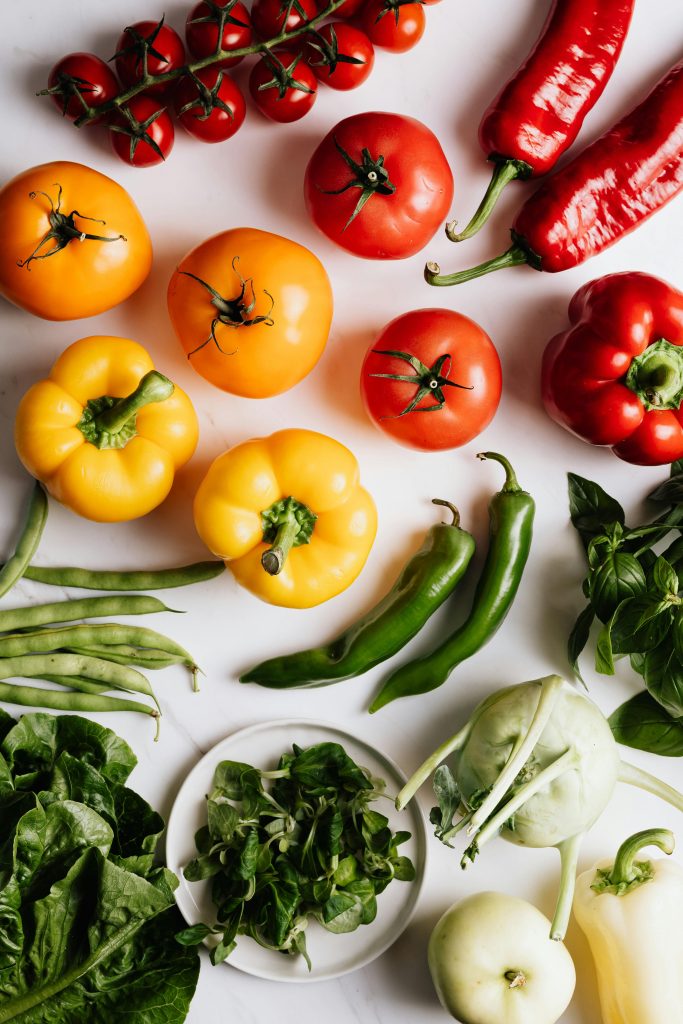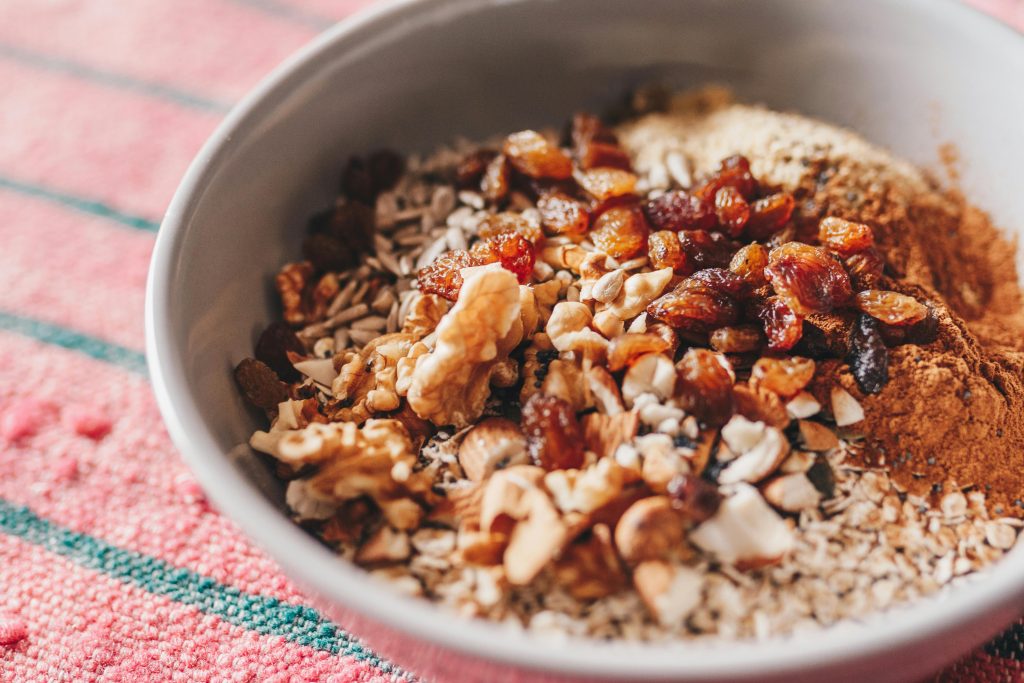Understanding the Difference for Better Health

In today’s fast paced world, processed foods have become a staple in many households. From ready-to-eat meals to snack bars and frozen dinners, processed foods are convenient, affordable, and widely available. However, not all processed foods are created equal, and understanding the difference between processed and minimally processed foods is key to making healthier dietary choices.
What are Processed Foods?
The term “processed foods” can cover a wide range of food products, but in general, it refers to any food that has been altered in some way from its original state, usually for the purpose of preservation, convenience, or enhancing flavour. The processing of foods often involves the addition of ingredients like sugars, fats, preservatives, and artificial colours or flavours, and it can range from simple procedures like freezing or canning to more complex methods like refining, frying, or adding artificial additives.
Types of Processed Foods:
Minimally Processed Foods: These are foods that have been altered only in ways that make them easier to store, transport, and prepare, without significantly changing their nutritional profile. Examples include pre-washed spinach, frozen vegetables, or whole grain pasta.
Heavily Processed or Ultra-Processed Foods: These are foods that undergo significant changes and contain multiple added ingredients that are not typically found in a home kitchen. Examples include sugary cereals, chips, soft drinks, packaged cookies, and frozen meals. These foods often contain preservatives, artificial sweeteners, colours, and flavours, as well as added salt and sugar (Monteiro et al., 2018).
What Are Minimally Processed Foods?
Minimally processed foods are those that have undergone only basic methods of preservation, such as freezing, canning, or drying, and typically retain their natural form. These foods may be altered to make them more convenient, but they retain most of their original nutritional value, texture, and flavour.
Examples of minimally processed foods include:
Frozen fruits and vegetables: These are typically frozen shortly after harvest, preserving most of their nutrients and fibre.
Whole grains: Oats, brown rice, and quinoa.
Nuts and seeds: These may be lightly roasted or in their natural form, but they often retain their original structure and nutritional content.
Minimally processed foods are often more nutrient dense than heavily processed alternatives, as they retain more vitamins, minerals, fibre, and antioxidants. They also tend to have fewer added sugars, unhealthy fats, and sodium compared to ultra-processed foods.
Key Differences Between Processed and Minimally Processed Foods
The main difference between processed and minimally processed foods lies in the extent of their alteration from their natural state. Here are some key distinctions:
| Aspect | Processed Foods | Minimally Processed Foods |
|---|---|---|
| Processing Level | Includes a wide range of methods, from light to heavy alteration | Basic preservation methods (freezing, drying, canning) |
| Nutritional Content | May lose nutrients or have added sugars, salts, or unhealthy fats. May have added synthetic vitamins which have low bioavailability | Retains most of its nutrients, fibre, and antioxidants |
| Additives | Often contains preservatives, artificial colours/flavours, and added sugars or fats | Usually contains no or minimal added preservatives or chemicals |
| Examples | Sugary cereals, chips, packaged snacks, sugary drinks | Frozen vegetables, whole grains, fresh fruits and vegetables |

Health Impacts of Processed Foods vs. Minimally Processed Foods
The consumption of processed and ultra-processed foods has been linked to a variety of health concerns. Studies show that diets high in processed foods are associated with an increased risk of chronic conditions such as obesity, heart disease, type 2 diabetes, and certain cancers (Liu et al., 2020). This is because many processed foods are high in added sugars, unhealthy fats, and sodium, while being low in fibre, vitamins, and minerals.
The Negative Effects of Heavily Processed Foods:
High in unhealthy fats and sugars: Many processed foods are loaded with added sugars and unhealthy fats (trans fats and refined oils), which contribute to obesity, insulin resistance, and metabolic syndrome.
Low in nutrients: While processed foods may be high in calories, they often lack essential nutrients, which can lead to nutrient deficiencies over time.
Increased risk of chronic disease: A diet rich in processed foods has been linked to an increased risk of conditions like heart disease, hypertension, and diabetes (Lichtenstein et al., 2020).
On the other hand, minimally processed foods are generally nutrient dense and can support overall health by providing the body with essential vitamins, minerals, and fibre. These foods help regulate digestion, support heart health, and may even reduce the risk of certain diseases. Fruits, vegetables, and whole grains are packed with antioxidants, vitamins, and fibre that promote a healthy immune system and reduce inflammation (Slavin, 2013).
Tips for Incorporating More Minimally Processed Foods into Your Diet
Switching to a diet that focuses on minimally processed foods can seem daunting, especially with the convenience of processed options. However, with a little planning and awareness, it’s possible to make healthier choices. Here are some simple strategies to help you incorporate more minimally processed foods into your meals:
Cook from scratch: Whenever possible, try to prepare meals from whole, unprocessed ingredients. Simple recipes that use fresh fruits, vegetables, whole grains, and plant based proteins can be quick and nutritious.
Choose frozen over canned: Frozen vegetables and fruits are often just as nutritious as fresh ones, and they last longer. Avoid canned vegetables or fruits that are packed in syrup or contain added sodium.
Stock up on whole grains: Instead of opting for refined grains, such as white bread or pasta, choose whole grains like brown rice, quinoa, oats, and whole wheat bread, which provide more fibre and nutrients.
Limit packaged snacks: Instead of grabbing processed snacks like chips or sugary granola bars, reach for fresh fruits, nuts, or homemade energy bars that are free of added sugars and unhealthy fats.
Read labels: When buying packaged foods, check the ingredient list. Choose products with minimal added sugars, preservatives, or artificial ingredients, and opt for those with short, recognisable ingredient lists.
Plan meals ahead of time: Having a weekly meal plan can help you avoid relying on heavily processed foods and fast food. Prepare simple, nutrient dense meals and keep healthy snacks on hand.

References
Lichtenstein, A. H., Appel, L. J., Brands, M., Carnethon, M., Daniels, S. R., Franch, H. A., … & Van Horn, L. (2020). Diet and lifestyle recommendations revision 2020: A scientific statement from the American Heart Association. Circulation, 142(14), e80-e99. https://doi.org/10.1161/CIR.0000000000000935
Liu, J., Zheng, R., Li, J., & Wang, X. (2020). Dietary patterns and the risk of chronic diseases: A systematic review and meta-analysis of cohort studies. Public Health Nutrition, 23(3), 482-490. https://doi.org/10.1017/S1368980019003049
Monteiro, C. A., Cannon, G., Levy, R. B., Moubarac, J. C., & Jaime, P. C. (2018). The food system. The global and regional dynamics of ultra-processed foods. In Advances in Food and Nutrition Research (Vol. 83, pp. 41-65). Academic Press. https://doi.org/10.1016/bs.afnr.2017.08.001
Slavin, J. L. (2013). Dietary fiber and body weight. Nutrition, 29(2), 251-257. https://doi.org/10.1016/j.nut.2012.07.014
